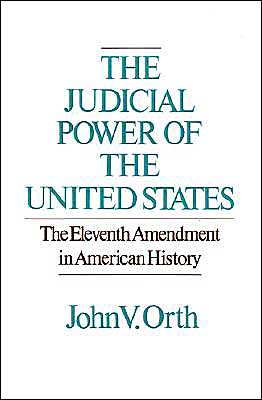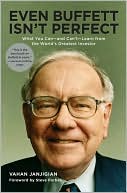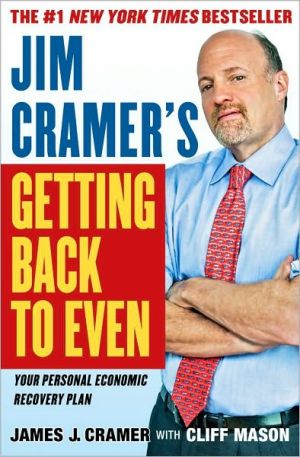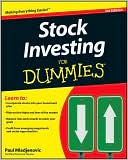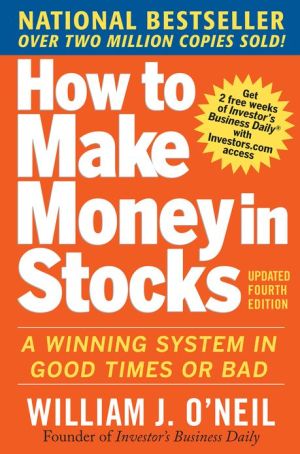The Judicial Power of the United States: The Eleventh Amendment in American History
Although less than fifty words long, the meaning of the seemingly simple Eleventh Amendment has troubled the Supreme Court at crucial points in American history and continues to spur sharp debate in present-day courts. The first amendment adopted after the Bill of Rights, the Eleventh Amendment limits the exercise of U.S. judicial power when American states are sued. Its modern meaning was largely shaped around cases concerning the liability of Southern states to pay their debts during and...
Search in google:
Although less than fifty words long, the meaning of the seemingly simple Eleventh Amendment has troubled the Supreme Court at crucial points in American history and continues to spur sharp debate in present-day courts. The first amendment adopted after the Bill of Rights, the Eleventh Amendment limits the exercise of U.S. judicial power when American states are sued. Its modern meaning was largely shaped around cases concerning the liability of Southern states to pay their debts during and after Reconstruction; by shielding states from liability, the Supreme Court's interpretation of the Eleventh Amendment eased the establishment of post-Reconstruction Southern society and left a maddeningly complicated law of federal jurisdiction. Here, Orth reconstructs the fascinating but obscure history of the Eleventh Amendment—the labyrinth of legal doctrine, the economic motives and consequences, the political context, and the legacy of the past—over the last two centuries. Using quotes from Wordsworth, Shaw, Mark Twain, Margaret Mitchell, and other writers to clarify and invigorate his narrative, Orth finally makes accessible an important but complex slice of constitutional history.
I.Introduction3II.Ratification of the Eleventh Amendment12III.Early Interpretation30IV.Reconstruction and American Law47V.The Eleventh Amendment and the End of Reconstruction: Louisiana and North Carolina58VI.An Exception: Virginia90VII.Another Exception: Cities and Counties110VIII.From 1890 to 1908121IX.After Ex Parte Young: The Eleventh Amendment in the Twentieth Century136X.An Epilogue on the Rule of Law and Legal History153Notes161Bibliographic Essay185Table of Cases209Table of Constitutions and Statutes215Index221
